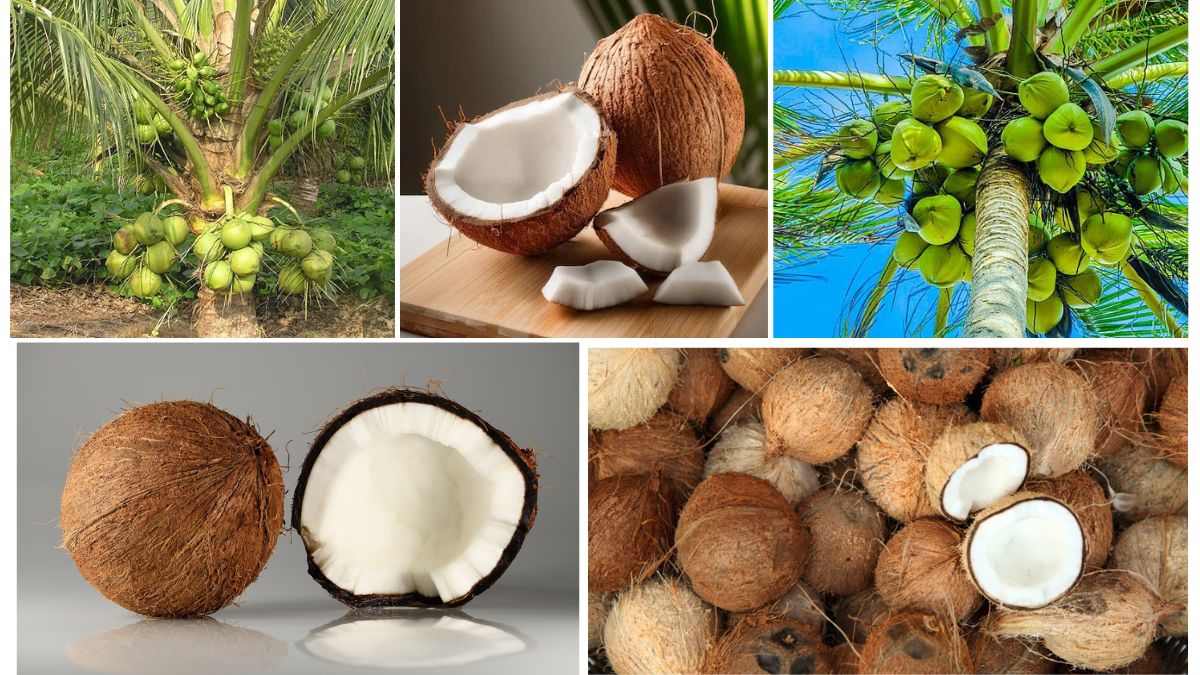Coconuts are more than just tropical fruits—they are economic lifelines, nutritional powerhouses, and cultural icons in many regions. From providing fresh drinking water to coconut oil, milk, flour, and even coir for ropes and mats, nearly every part of the coconut palm has a purpose. With global demand for coconut-based products rising steadily—especially in health-conscious and vegan markets—understanding where coconuts are produced at scale is both fascinating and economically relevant.
So, which country tops the list in global coconut production?
The Global Importance of Coconut Production
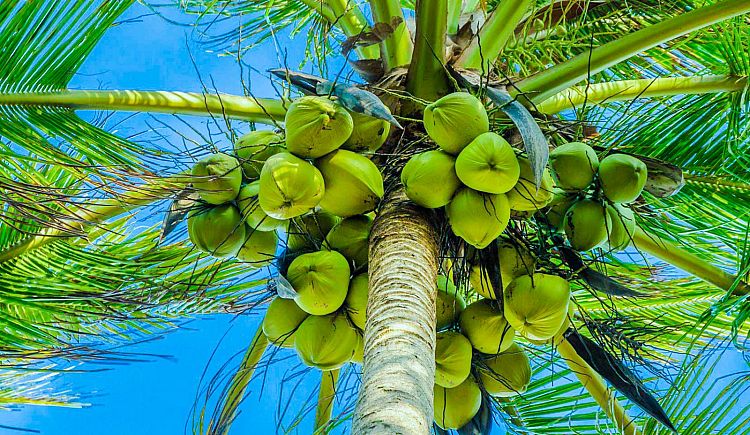
Coconuts are primarily grown in tropical regions near the equator, where they thrive in sandy soils and warm, humid climates. They are a staple crop across Southeast Asia, the Pacific Islands, and parts of Africa and South America. These countries depend on coconut production not only for domestic use but also for significant export revenue.
According to the Food and Agriculture Organization (FAO) of the United Nations, global coconut production reached over 63 million metric tons in 2023. The crop plays a vital role in rural employment, export earnings, and food security in the tropical belt.
Top Coconut Producing Countries (2023 Rankings)
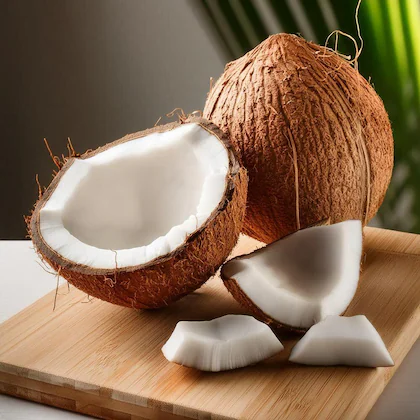
1. Indonesia – The Coconut King
- Annual Production: Approx. 17.1 million metric tons
- Major Regions: North Sulawesi, Central Java, Riau, and Maluku
- Highlights:
- Indonesia is the world’s largest producer of coconuts, contributing over 27% of global supply.
- The country exports both raw coconuts and value-added products like virgin coconut oil (VCO), coconut sugar, and desiccated coconut.
- Coconut farming is a traditional livelihood in many Indonesian coastal communities.
Fun Fact: Indonesia is also one of the largest consumers of coconuts domestically due to their use in cuisine, beauty, and religious rituals.
2. The Philippines – A Coconut Giant with Deep Roots
- Annual Production: Approx. 14.7 million metric tons
- Key Regions: Davao Region, Eastern Visayas, Northern Mindanao
- Highlights:
- Known as the “Tree of Life”, coconuts are central to the Filipino economy and culture.
- The Philippines leads in exporting coconut oil and copra (dried coconut meat).
- Home to large coconut plantations and a thriving smallholder farming sector.
- The Philippine Coconut Authority supports innovation and sustainability in the industry.
Interesting Note: The Philippines once held the top spot but has faced setbacks due to typhoons and aging trees.
3. India – A Diverse Coconut Landscape
- Annual Production: Approx. 14.3 million metric tons
- Key States: Kerala, Tamil Nadu, Karnataka, Andhra Pradesh, and Odisha
- Highlights:
- India has a rich tradition of coconut use in religious rituals, cooking, and Ayurveda.
- Most coconut production supports the domestic market, though exports of coconut oil, coir, and coconut-based beauty products are growing.
- The country has implemented Coconut Development Boards to promote modern farming and value-added processing.
Cultural Insight: In southern India, coconuts symbolize prosperity and are essential in weddings, festivals, and temple rituals.
4. Sri Lanka – Coconuts in Every Corner

- Annual Production: Approx. 2.4 million metric tons
- Major Regions: Kurunegala, Puttalam, and Gampaha (the “Coconut Triangle”)
- Highlights:
- Sri Lanka is renowned for high-quality coconut cream, oil, and water exports.
- The industry benefits from government support and robust export networks.
- Sri Lanka’s traditional pol sambol (a spicy coconut condiment) is world-famous.
5. Brazil – Leading in Latin America
- Annual Production: Approx. 2.3 million metric tons
- Key Regions: Bahia, Ceará, Pernambuco
- Highlights:
- Brazil is the top coconut producer in the Americas.
- Coconuts are widely consumed in the form of agua de coco (coconut water), which is hugely popular across Latin America.
- Brazil has modern coconut processing facilities and increasing exports of bottled coconut water and frozen coconut pulp.
6. Vietnam – Rapidly Growing Coconut Industry
- Annual Production: Approx. 1.8 million metric tons
- Key Regions: Ben Tre, Tra Vinh, and Tien Giang (Mekong Delta)
- Highlights:
- Vietnam’s Ben Tre Province is called the “Coconut Capital” of the country.
- Focused on both domestic consumption and growing exports of coconut milk, candy, and VCO.
- Sustainable farming and organic certifications are on the rise.
7. Papua New Guinea
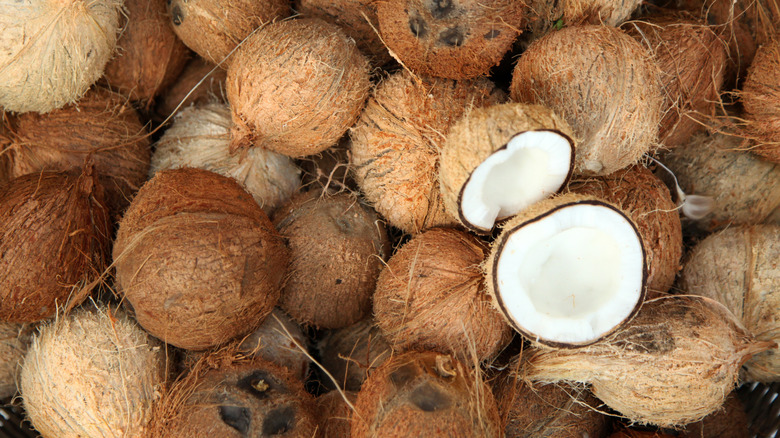
- Annual Production: Approx. 1.4 million metric tons
- Highlights:
- A key contributor in the South Pacific region.
- Coconuts are critical for local food systems, traditional medicine, and coastal economies.
- Exporter of copra and coconut oil.
8. Thailand
- Annual Production: Approx. 1.2 million metric tons
- Key Regions: Surat Thani, Nakhon Si Thammarat
- Highlights:
- Strong in value-added coconut products like coconut milk, cream, and canned water.
- A global player in processed food industries using coconut as a base ingredient.
What Drives Coconut Production Growth?
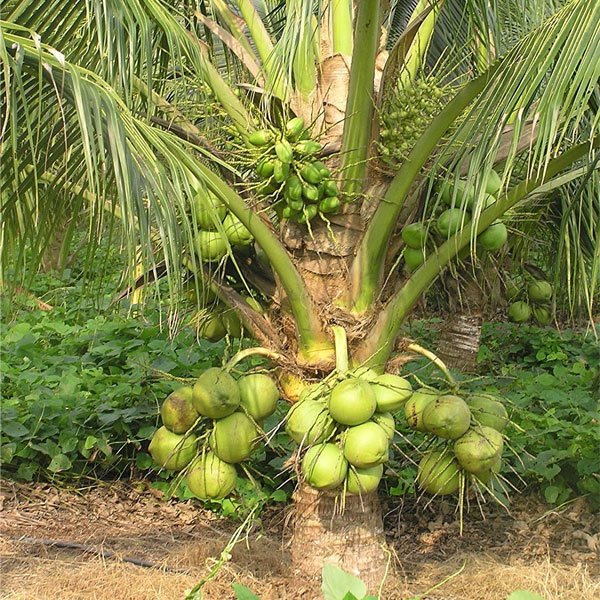
1. Global Demand for Coconut Water and Oil
Coconut water is marketed as a natural sports drink due to its electrolytes, while coconut oil is hailed for its versatility in cooking, skincare, and natural medicine. This has led to booming demand in the U.S., Europe, and East Asia.
2. Health and Wellness Trends
Coconut-based foods fit well into keto, vegan, gluten-free, and paleo diets. As people seek plant-based alternatives, coconut milk, flour, and butter are becoming pantry staples worldwide.
3. Value-Added Product Opportunities
Countries are now investing more in processing infrastructure to export refined goods like:
- Virgin coconut oil
- Activated carbon from shells
- Coir mats and ropes
- Coconut cosmetics
This creates more jobs and higher returns than raw coconut exports.
4. Climate and Soil Suitability
Tropical countries with sandy, well-drained soil and consistent rainfall have a natural advantage. Government support in these regions further accelerates production.
Challenges Facing the Coconut Industry
While the coconut sector is booming, it isn’t without problems:
Aging Trees
Many trees in traditional coconut regions are 60+ years old, reducing yields significantly. Replanting programs are urgently needed in the Philippines and India.
Pests and Diseases
Red palm weevil and coconut mite infestations have plagued some farms, especially in Southeast Asia.
Climate Change
Irregular rainfall and rising temperatures threaten consistent production, making drought-resistant coconut varieties a key research area.
Price Volatility
International prices for coconut oil and copra can swing drastically, affecting smallholder incomes.
The Future of Coconut Production
Here’s what to expect in the coming years:
- Increased mechanization and drip irrigation systems in larger farms.
- Greater emphasis on organic certification and traceability for export markets.
- New coconut-based innovations such as vegan meat substitutes and dairy-free frozen desserts.
- Expansion into non-traditional coconut-growing countries like Ghana, Mozambique, and even northern Australia.
Conclusion: Indonesia Leads, But Many Nations Thrive
So, to answer the question: Indonesia is the largest coconut producer in the world, closely followed by the Philippines and India. These three nations alone account for over 70% of global coconut production.
Yet, it’s not just about quantity—quality, value addition, and sustainability are shaping the next phase of the global coconut industry. With rising global demand and new technologies in play, coconut production is entering an exciting era of growth and innovation.
